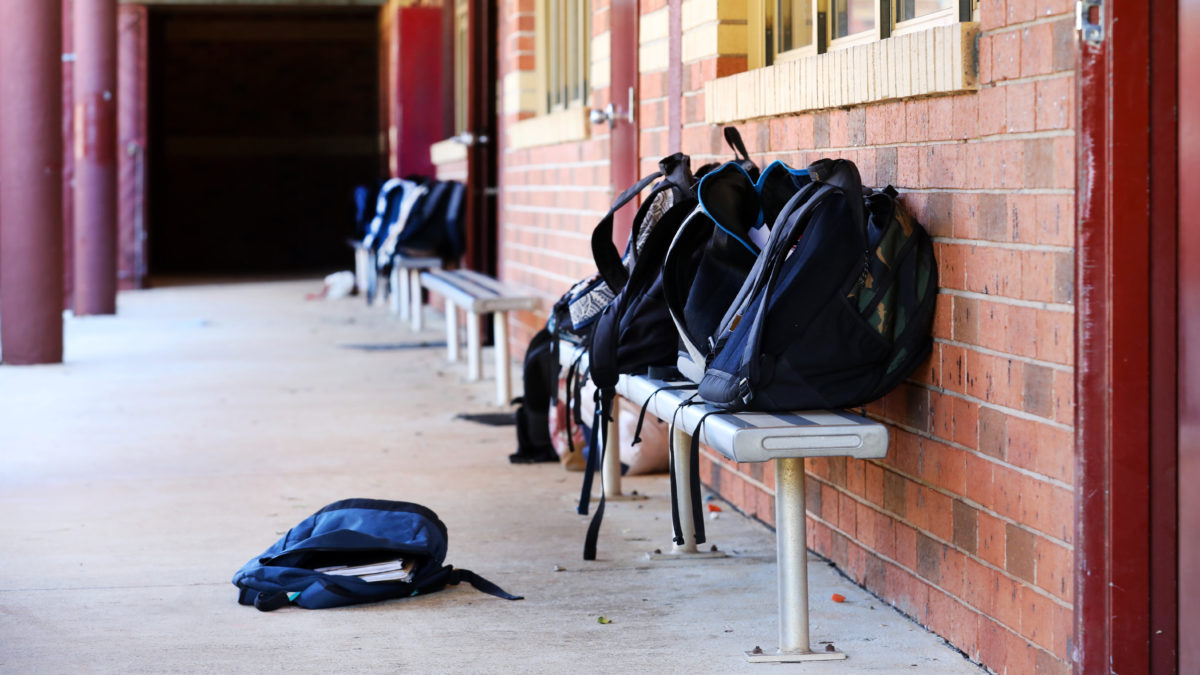The Bottom Line A Mass Educational Exodus
School closures began last March, and today over half of K-12 public schools remain closed to in-person learning. According to a report from Bellwether Education Partners, upwards of three million students have cut ties with schooling. For comparison, that is roughly the same number of K-12 public school students in the entire state of Florida. A mass educational exodus is underway, and the longer schools opt to keep their doors closed, the more the number will climb.
Teenage Student Dropout Climate
The rate at which teenage students have dropped out of school has soared. It’s one thing to show up to school to connect with peers or participate in athletics and other extracurricular activities. It’s another thing to expect an unsupervised, unmotivated teenager to faithfully log onto a device to attend remote school sessions and complete homework assignments. The non-academic factors that motivate numerous students to attend school have been removed — many have, in turn, lost interest and accountability.
Dropping out of school has become all too easy. Prior to the pandemic, school officials would promptly attempt to contact the student and family, seeking to get the student to return to school. Friends would often reach out and try to convince their peers to return. Students out of school and roaming their neighborhoods during the school day were highly noticeable. The fear of isolation from their friends deterred some from dropping out.
However, all these factors are no longer in play when school is virtual only. The positive peer pressure for students to return to school has been eliminated, as have other social barriers preventing student dropout. With non-academic activities eliminated, such as athletics, the arts, and social events, that external motivation has been stripped away.
Once students stop attending school, getting them back and engaged is unlikely. A research study conducted by the Institute of Education Science within the U.S. Department of Education found that “two-thirds of high school dropouts never reenrolled, and among those who do, about half drop out again.” Even if a student returns and commits to finishing, the lost learning and lack of credits may ultimately prevent on-time graduation or graduation at all.
Disadvantaged Students Departing
School closures have hurt all students. But disadvantaged students are the hardest hit. For example, homeless, disabled, and students with severe learning difficulties have missed out on extra services and support provided by schools. The makeshift remote schooling is insufficient to provide the extra care required to serve these students’ needs adequately. Many students are throwing in the towel. Picking it back up, after an extended period without access to the services and support schools provide, is not promising.
Other students making an exodus from school due to a lack of academic support are non-native English-speaking students or those whose parents are non-native English speakers. School departures are occurring also among students facing trauma in their home exacerbated by parental job losses and financial hardship. Mental health crises are skyrocketing among adults, teenagers, and children alike due to government-enforced lockdowns. Attempting to self-manage remote learning and function as an independent learner with limited parental support and teacher availability has been more than several of these students can bear. Sadly, school has completely fallen out of their daily routine.
The Great Kindergarten Recession
Our youngest students have also been negatively affected by the closure of in-person schools. The great kindergarten recession is underway, in which a significant percentage of parents have decided to delay their child starting school when only online options are available. Washington State, for example, has experienced a 14% kindergarten enrollment decline. Other states are seeing similar percentages. Hawaii’s kindergarten enrollment is down 15%, and the Los Angeles Unified School District is down 14% (equating to 6,000 fewer kindergarten students this year). Nationally, more than half a million of the three million students not in school this year are students who were scheduled for kindergarten.
Parents already fight to limit screen time with their children; therefore, the thought of enrolling their five-year to be glued to a device for several additional hours a day does not sit well with them. Other parents conclude that managing their young, pre-reading child’s online school would be too overwhelming, given their other daytime responsibilities. A consensus among parents has been that one more year of informal play-based learning, often with siblings who are also home due to remote learning, would be better than attempting to confine their child to a chair and screen for long periods of time. The hope of their students grasping and mastering the foundational year of learning appears dismal through that type of educational delivery. Weighing the options, many selected to delay kindergarten this year, asking what’s the rush? The value of kindergarten delivered remotely does not stack up.
Implications & Solutions
Taken together, the teenage student dropout climate, disadvantaged students departing, and the great kindergarten recession adds up to approximately three million fewer K-12 students in school than should be the case. With roughly 56.6 million K-12 students in the United States, that equates to 5.5% of K-12 students abandoning schools in a single year.
Combine that with the four and a half million young people, ages 16-24, neither in school nor employed, the future of the U.S. workforce and government services is headed for disaster. While two and a half (assuming the half a million sitting out kindergarten enter school next year,) of these three million students may be gone for good, it’s not too late to stop perpetuating the problem. The solution is two-fold, yet simple. First, schools reopen and return to providing on-campus, in-person learning five days a week. Second, schools implement intense measures aimed at making up for lost learning. This solution must be employed sooner versus later to end the mass educational exodus taking place.


